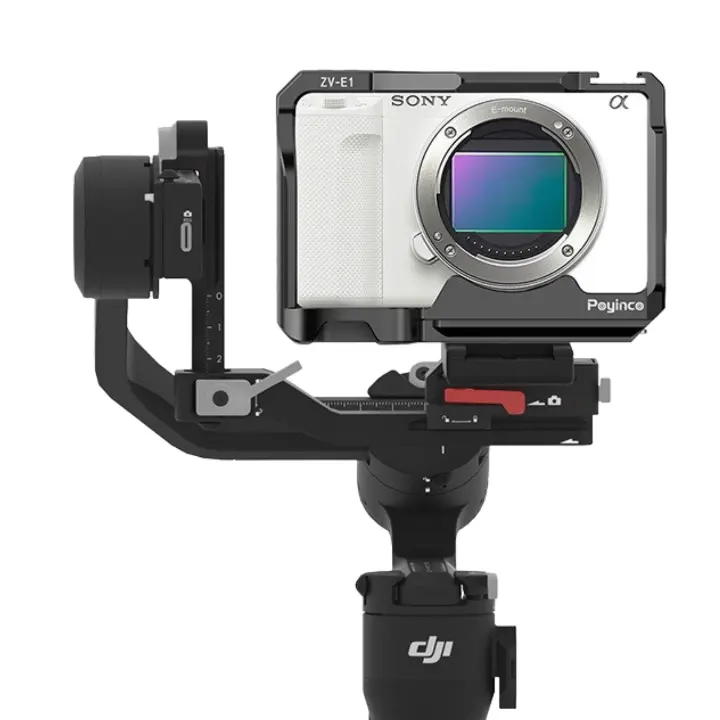

Time:2025-02-26 Views:1

The compressive strength of macro lens adapters is crucial for their durability and reliability, especially considering the various handling and storage conditions they may be subjected to.
Construction and Materials
Macro lens adapters with a robust construction are more likely to have high compressive strength. Metal - constructed adapters, as mentioned before, tend to be more durable in terms of withstanding compressive forces. Aluminum alloy adapters, for example, offer a good balance between strength and weight. They can resist deformation when pressure is applied, which is important as the adapter may be jostled in a camera bag or accidentally dropped. Stainless steel adapters are even stronger but may be heavier.
Plastic - based macro lens adapters can also have sufficient compressive strength if they are made of high - quality engineering plastics. These plastics are often reinforced with materials like fiberglass or carbon fiber to increase their strength. The design of the adapter also plays a role. Adapters with a thick - walled construction or with internal structural reinforcements, such as ribs or cross - braces, are better able to withstand compressive forces.
Testing for Compressive Strength
Manufacturers often conduct tests to determine the compressive strength of their macro lens adapters. These tests may involve applying a gradually increasing compressive load to the adapter until it fails. The results of these tests help in setting the maximum load that the adapter can safely withstand. In real - world use, photographers should be aware of the adapter's rated compressive strength and avoid subjecting it to excessive pressure. For example, when packing a camera bag, care should be taken not to stack heavy items on top of the adapter. If the adapter is dropped, it should be inspected for any signs of damage, such as cracks or dents, which could indicate a compromise in its compressive strength.
In addition, the way the adapter is attached to the lens and the camera can also affect its compressive strength. A secure and proper connection between the adapter and the lens or camera reduces the risk of the adapter being subjected to uneven or excessive forces. Loose connections can cause the adapter to be more vulnerable to compressive damage.
Read recommendations:
tripod missing quick release plate supplier